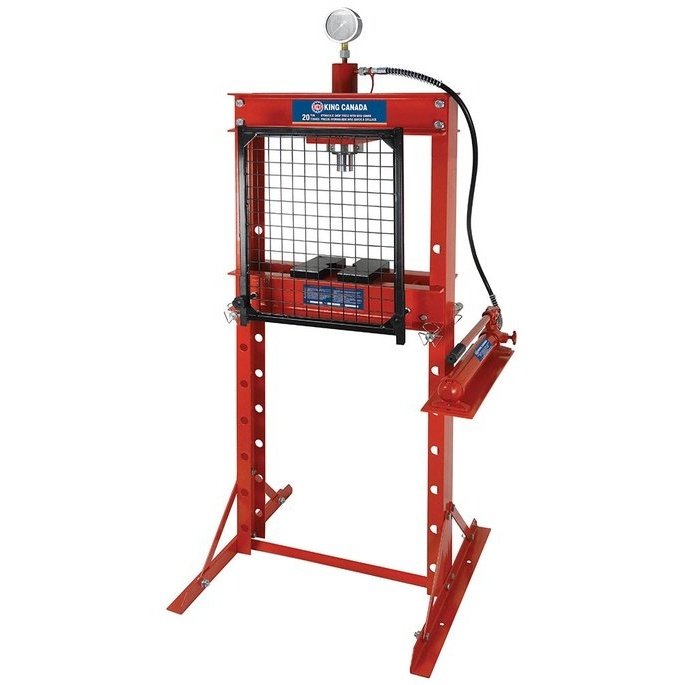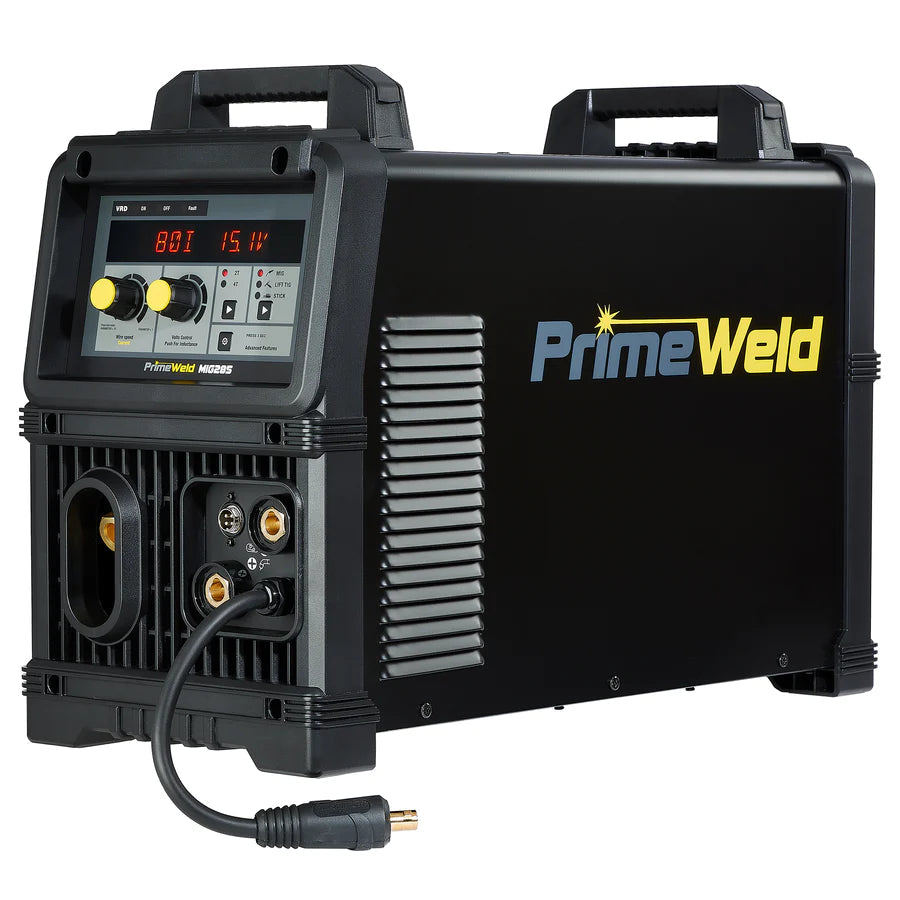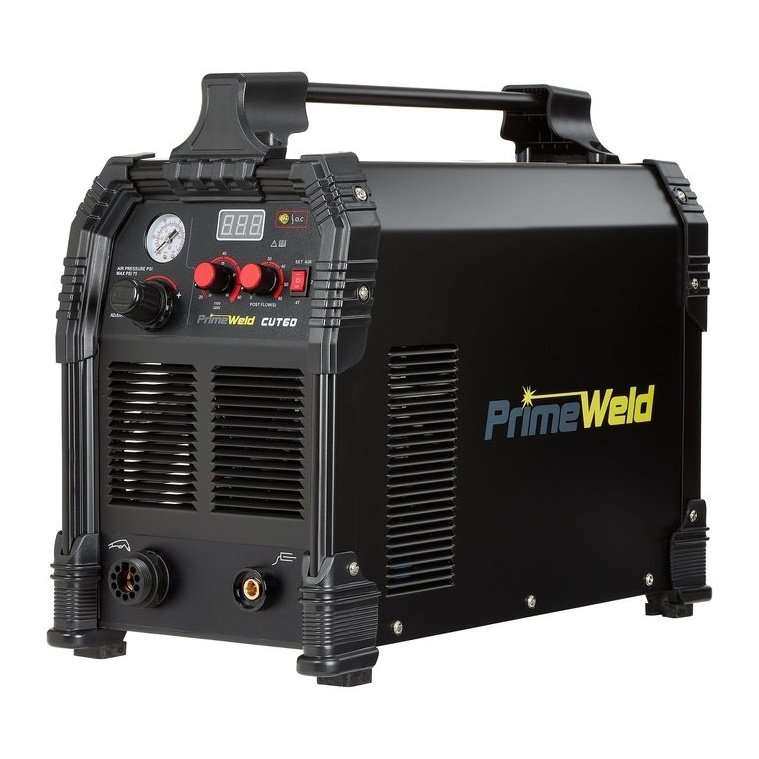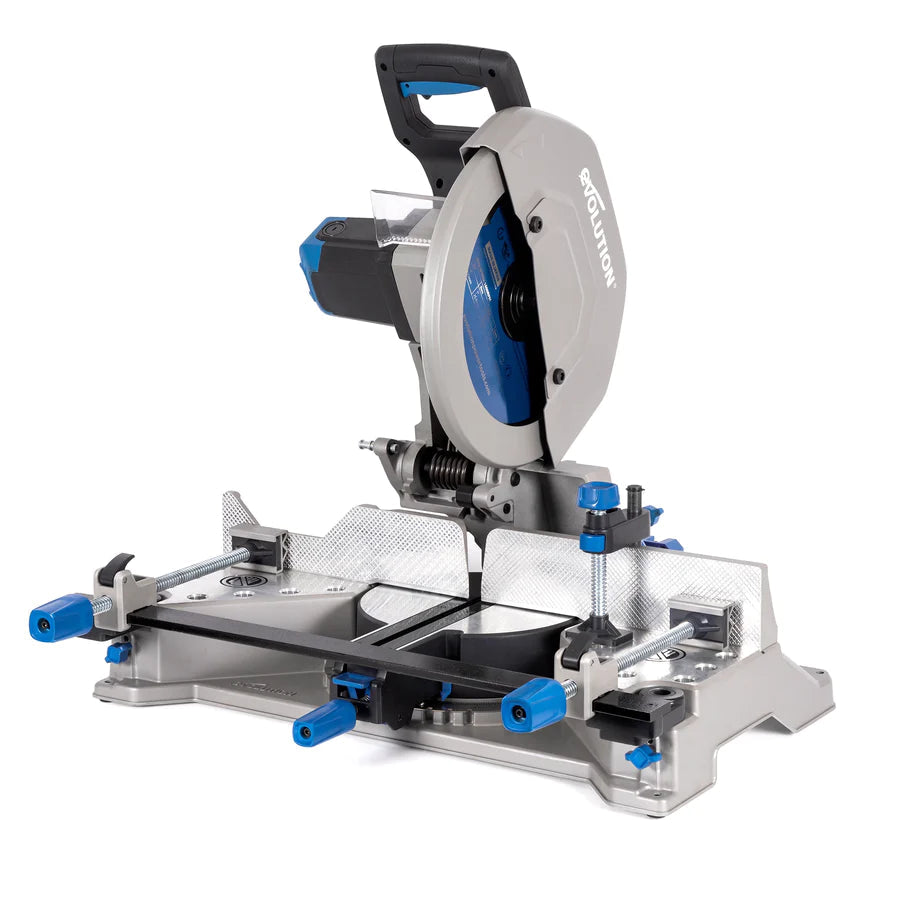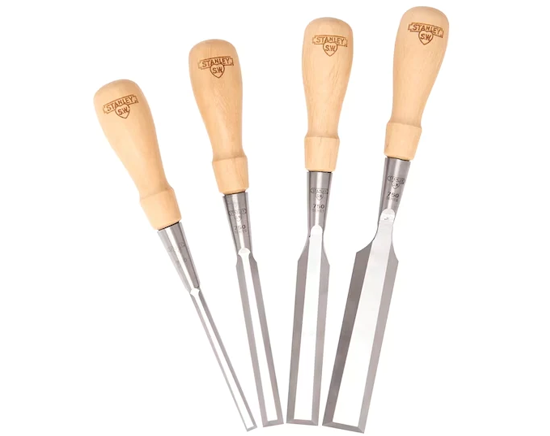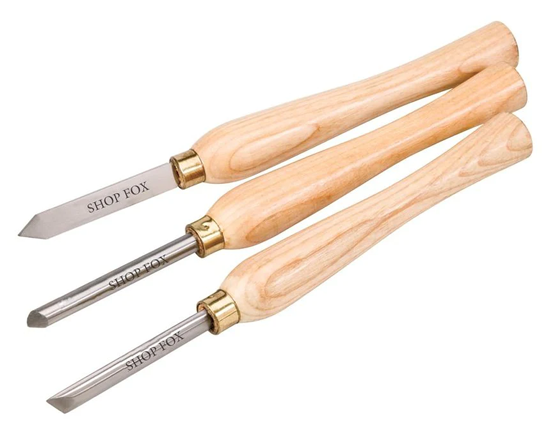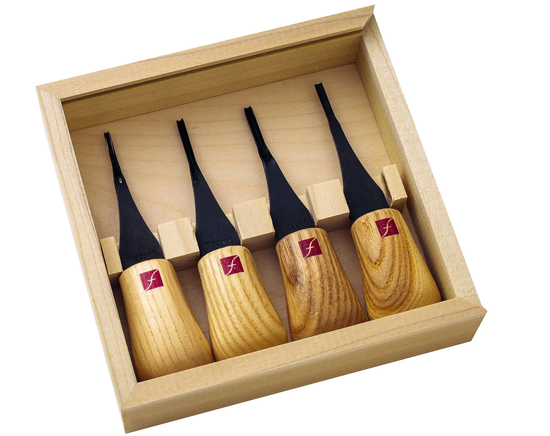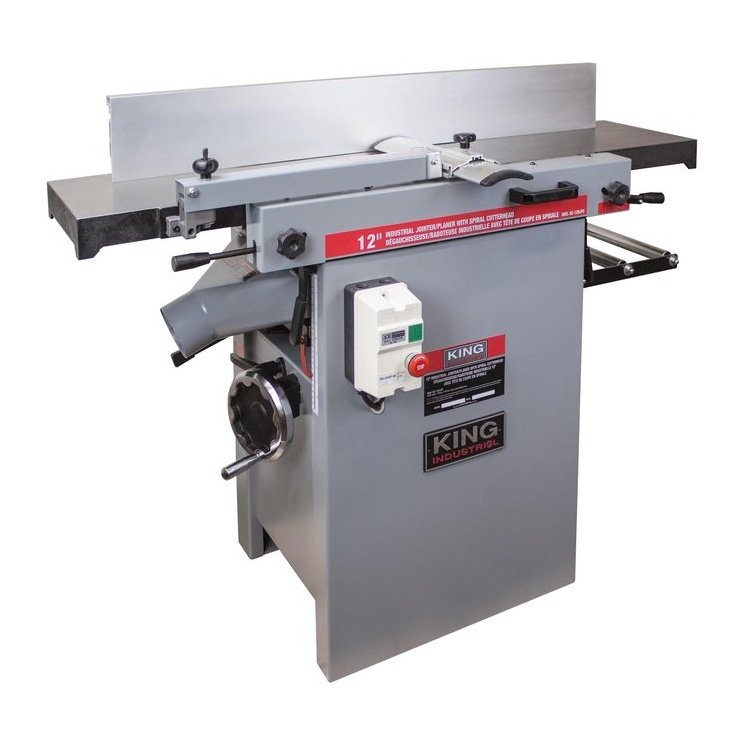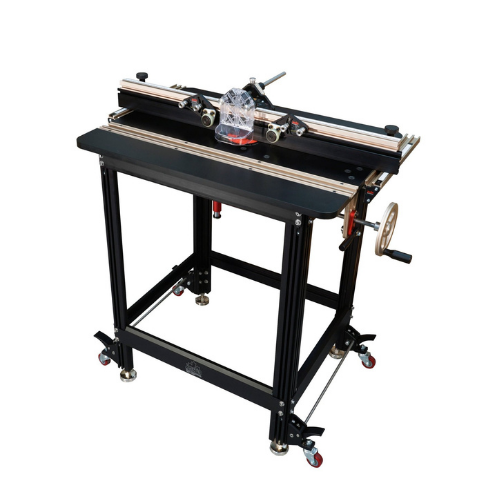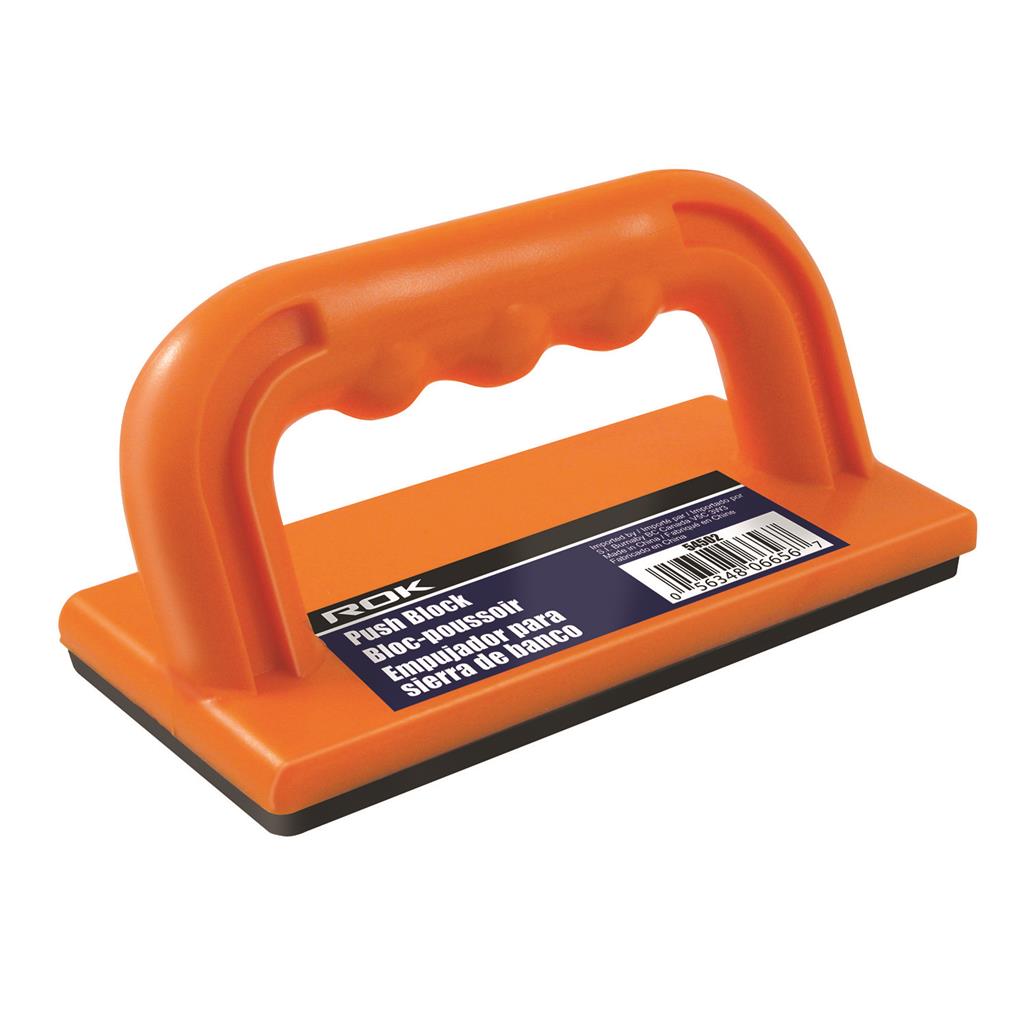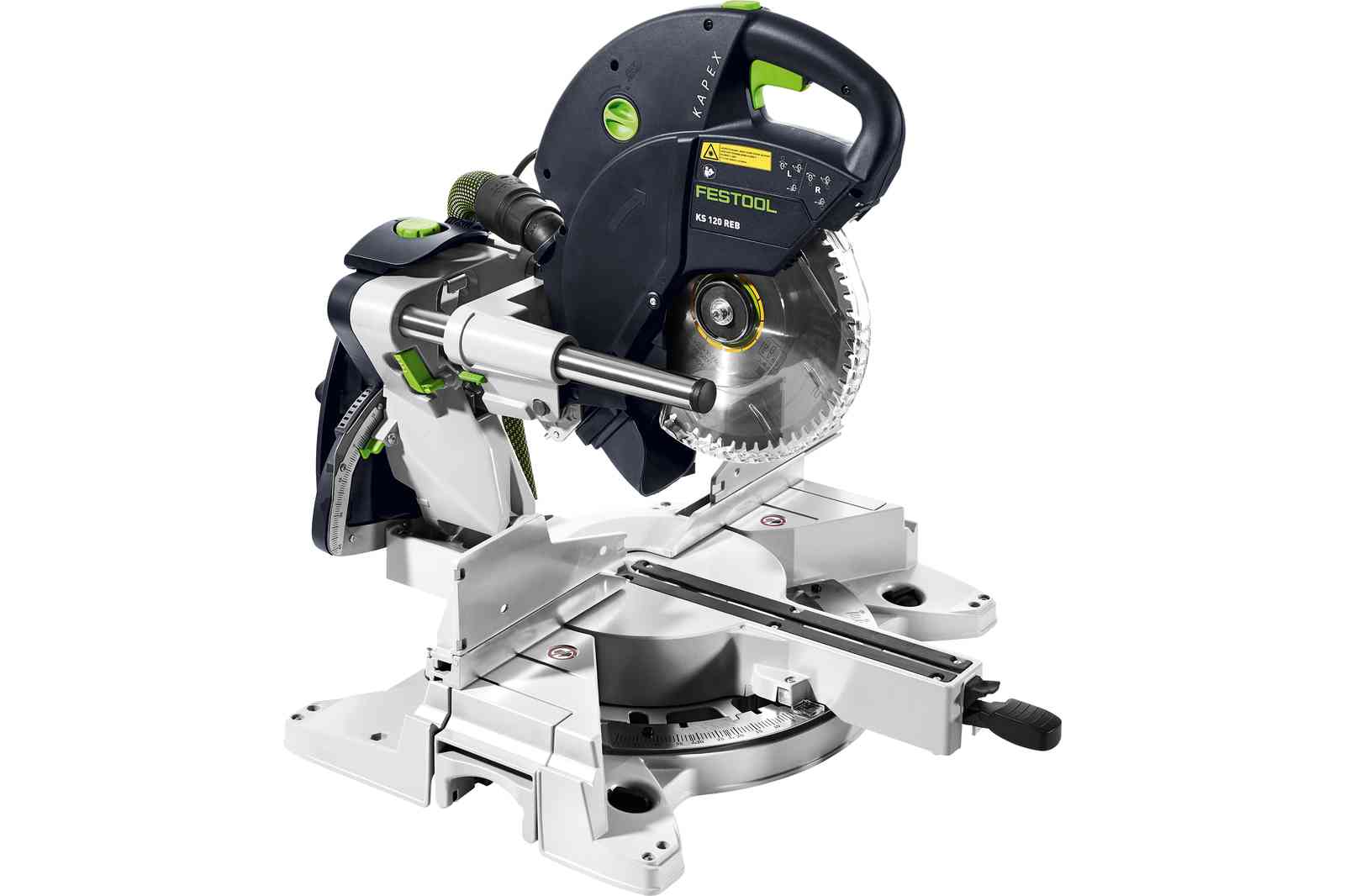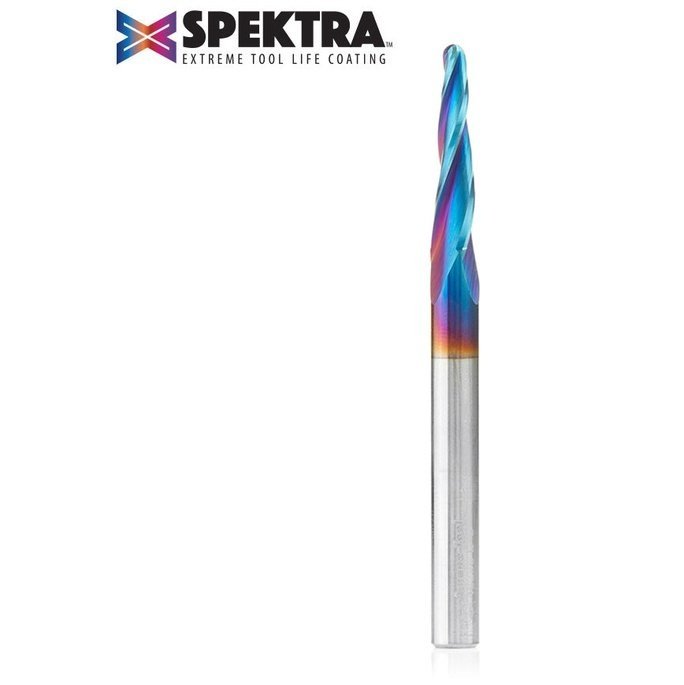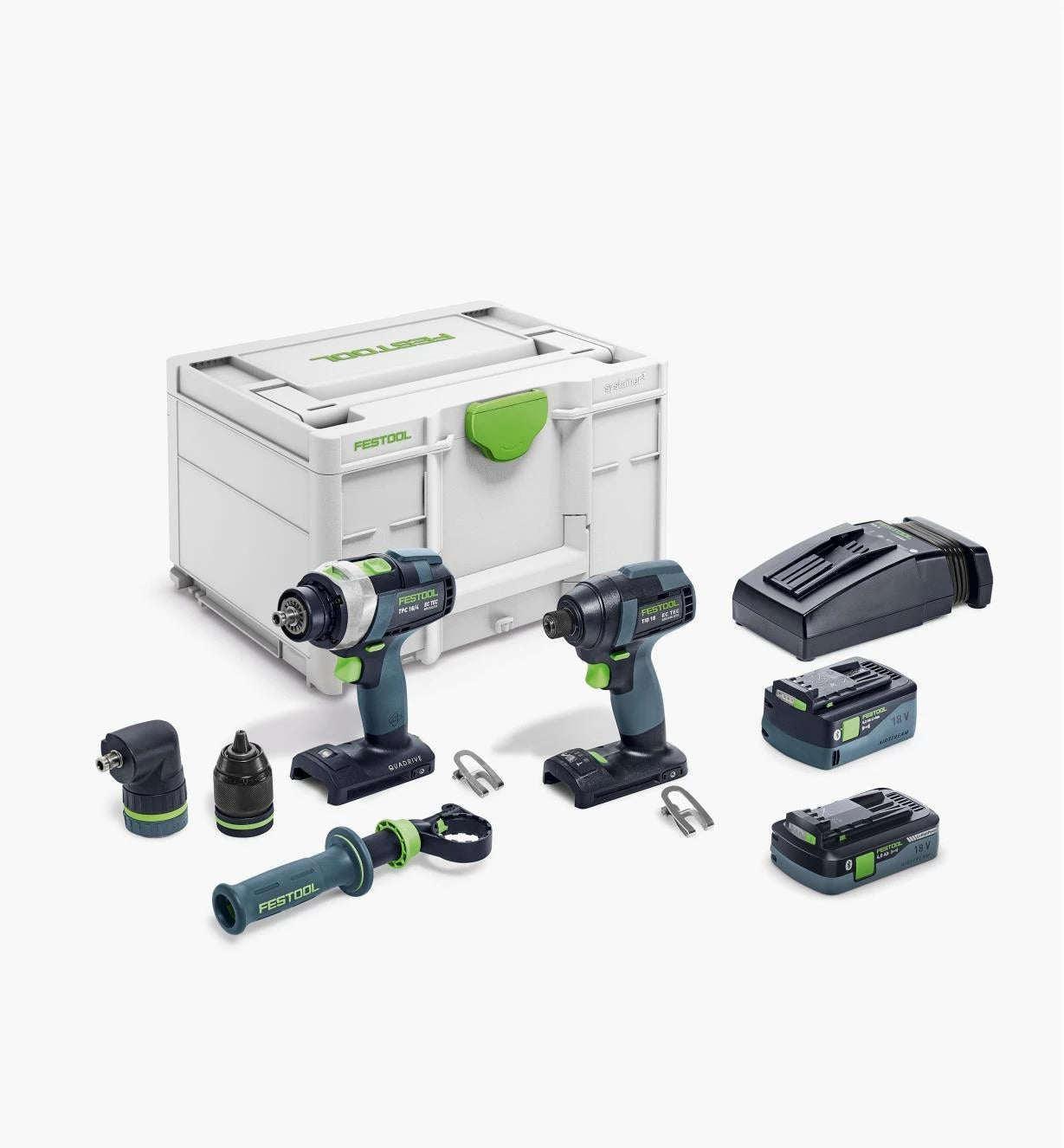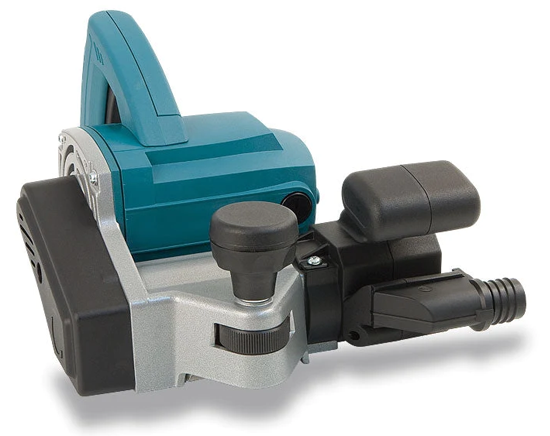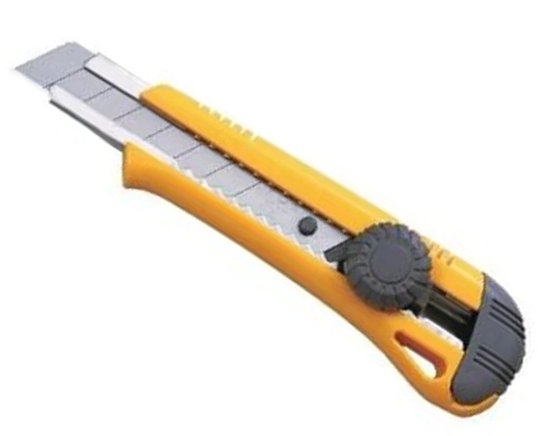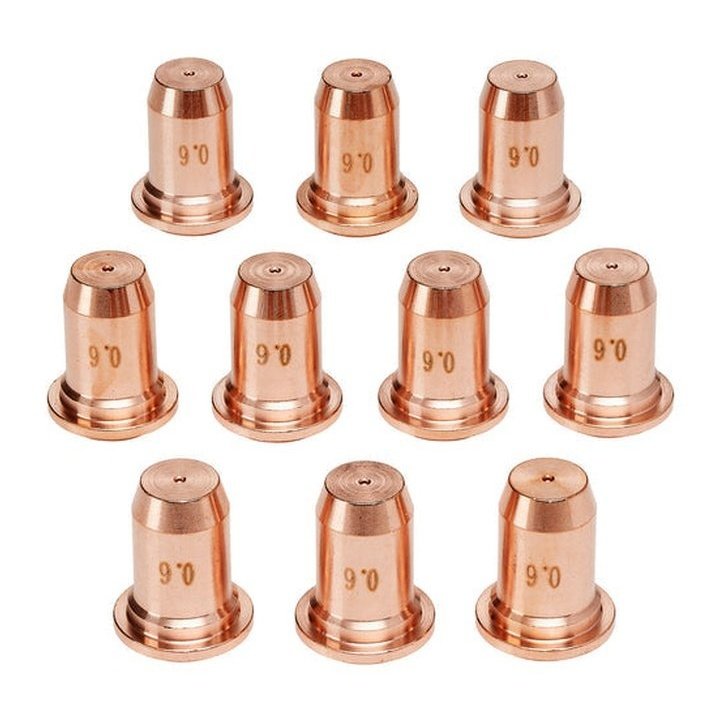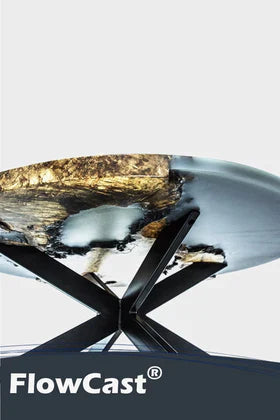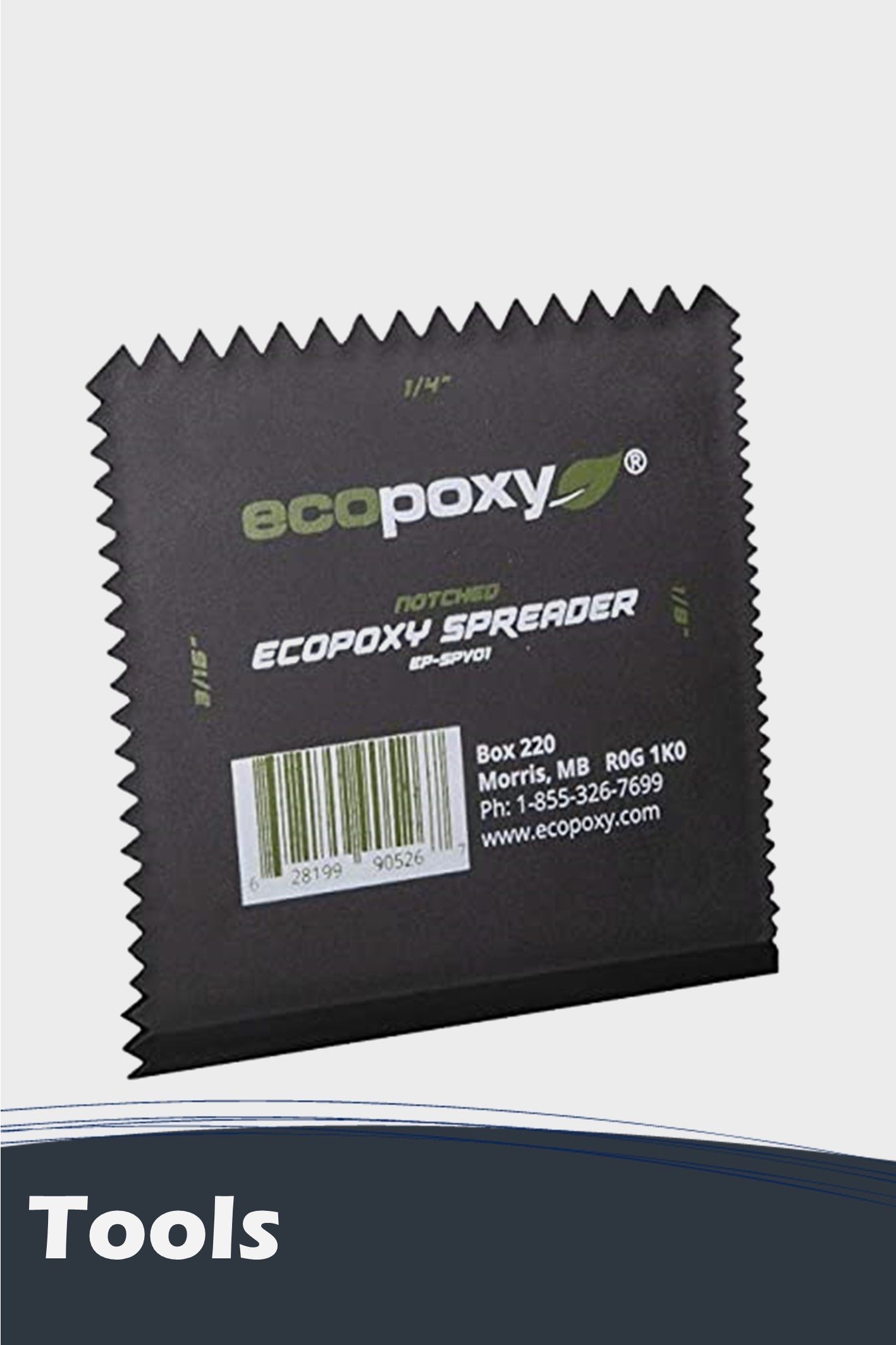The Difference Between Cyanoacrylate and Super Glue
Adhesives play a crucial role in the life of human beings. There are many types of suitable adhesives depending on various application needs. Generally, adhesives will be weak, mild or strong relative to the composition of the surface and the stress that the surface or joint might experience. For example, cyanoacrylate glues, also called CA glues or superglues, are extremely strong when used for stabilizing and reinforcing purposes and bonding rigid material. However, due to their brittle nature, they're weak-to-mild in strength when used to bond wood or joints. Superglues should not be applied to critical joints that are expected to experience significant shear stress. In such case, epoxies or polyurethane adhesives are more suitable.

Difference Between Super Glue and Cyanoacrylate
Super glue, cyanoacrylate, and CA glue are all different names that describe the same adhesive — Cyanoacrylate. Despite the fact that CA glue and cyanoacrylate glue are all names for cyanoacrylate adhesive, various user groups adopt different names for them. For instance, woodworkers, model-builders, serious hobbyists and skilled crafting professionals utilize terms like instant glue or CA glue.
Industrial users are accustomed to calling the glue by the technical name i.e. cyanoacrylate. On the other hand, users who purchase CA glue from drug stores or home improvement stores for occasional use at home call it super glue.
There are significant differences in adhesive performance among the various cyanoacrylate products. However, they all refer to the same kind of adhesive.
Super glues bond through reaction with moisture both on the material surfaces they are bonding to and moisture present in the air.
Benefits
Cyanoacrylate adhesives are associated with a number of benefits, these include:
Fast bonding – Super glues bond extremely fast compared to other types of glue. The speed of bonding is usually measured in seconds and this depends on the working materials and the environment. The bond tends to be faster in environments that are warmer and have higher humidity.
Bond strength - Cyanoacrylate adhesives form very strong rigid bonds. This varies slightly depending on environment, materials and grade but is still high.
Material compatibility – Super glues are quite versatile thus will work with several materials. This means that they easily bond with glass, ceramics, wood and common metals as well certain kinds of plastics and rubber.
Economy – CA glues are cost effective to use. This is because a single drop can cover an area of up to 25mm². This is why it is not advisable to use too much as it can decrease final bond strength.
Mixing – Super glues are never mixed with anything during the manufacturing process, this is beneficial because of not having to achieve precise combinations.
Tips
The following are some insightful tips on how to use CA glue:
Surface preparation – It is important to always work with rough surfaces because it significantly increases the available surface area — hence, increasing its surface energy. This allows the adhesive to easily bond with the material. In addition, the surface should be dry and very clean. Contaminants such as oil and dirt may affect the drying time and bonding strength of the glue.
Gloves – It is good practice to wear gloves when working with super glues because they bond to almost anything and the human skin is no exception.
Masking – When working with complex bonding surfaces, it is better to mask all the surfaces that surround the bonding area prior to applying the super glue. The use of masking tape minimizes the risk of problems occurring during application.
Bottle shape – It is important to work with the ideal bottle shape for super glues particularly if you are dealing with objects that require a precise fit. As a rule of thumb, small squeeze tubes apply in all cases.
Storage – If you want to properly store cyanoacrylate so that it lasts for a long time, try to clean up excess adhesive that is present at the opening. It is also good to squeeze out any excess air and to tightly close the lid. The main reason for ensuring that the lid is tight is to prevent contact between air and superglue that might result in an adhesive reaction.
Clean up – Cured super glue can be extracted from a surface using one of two means i.e. chemical removal or mechanical removal. Mechanical means is generally grinding it or scraping it off with a tool. On the other hand, chemical removal involves solvents that dissolve it via a chemical reaction to leave the surface completely clean.
Uses
Super glues are used in almost all industries including woodworking, woodturning, carpentry, RC car model building, FPV plane building and racing, archery, high pressure seal repair, electronics, and more.
Conclusion
It’s important to choose the right glue for the application. For infiltrating, stabilizing, and high gloss finishes, a thin viscosity CA will be ideal. Medium viscosity CA glues are ideal for general purpose repairs, fill cracks, and bonding close-fitting parts. And lastly, the thicker viscosity CAs are designed for bonding applications where users require longer drying times to carefully position mating parts for proper fit. Browse the CA glues in the link below to choose the ideal glue for your project.











